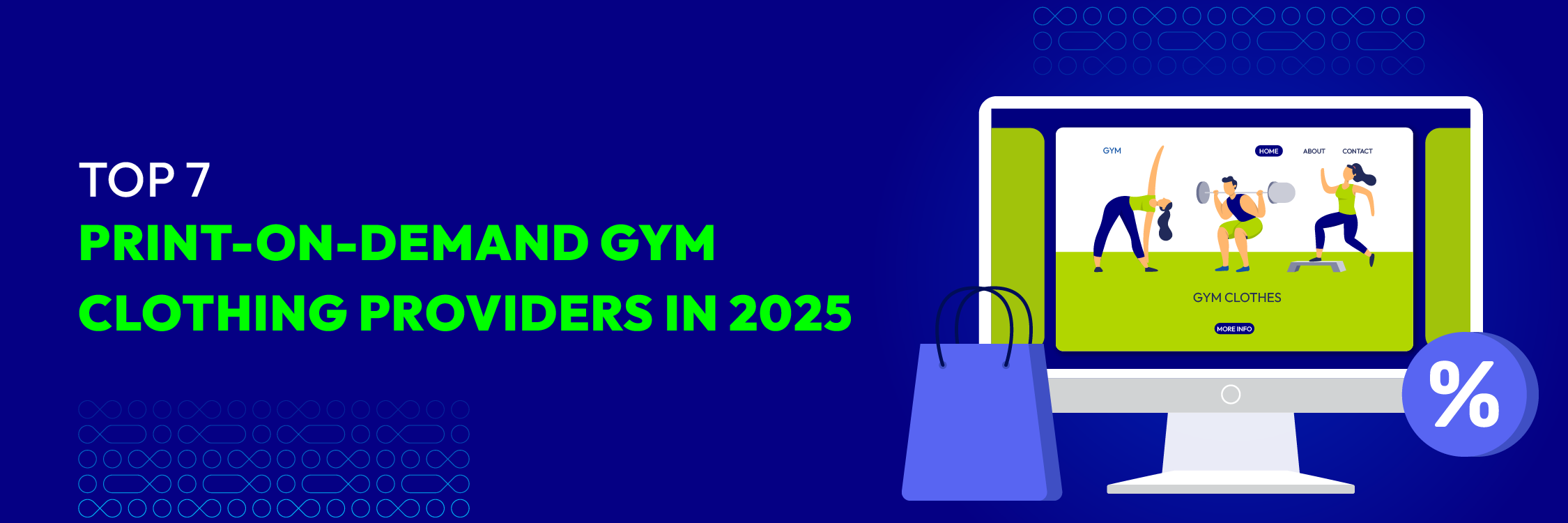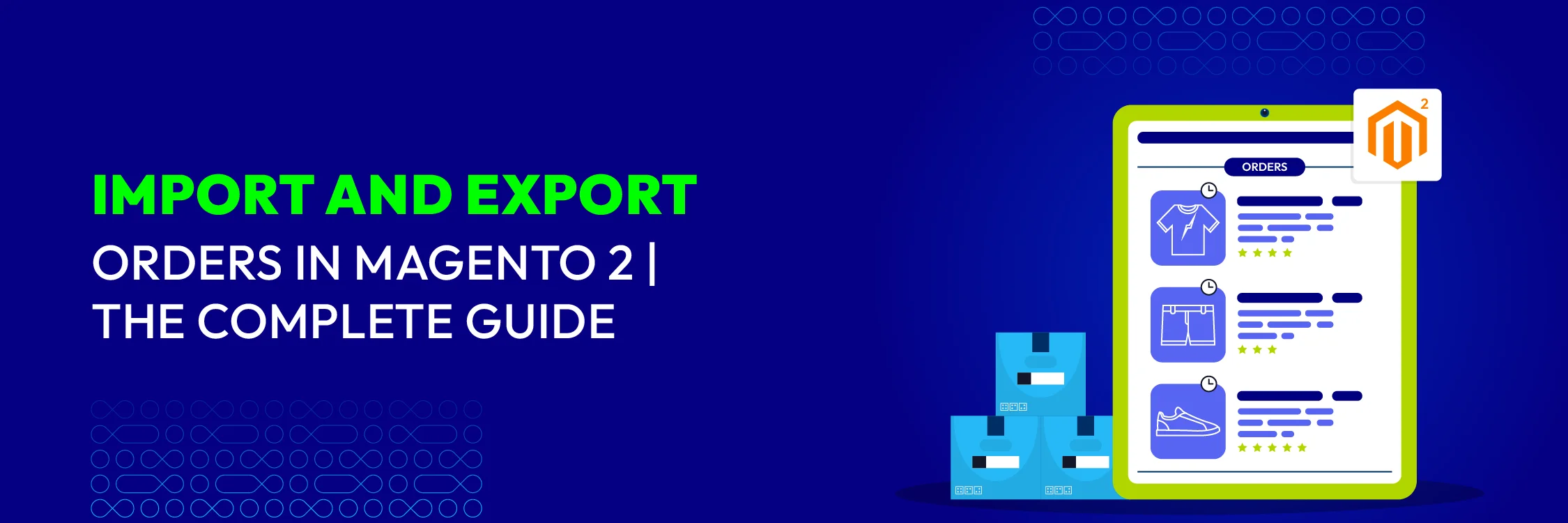How to Start a Craft Business? Secrets You Haven’t Known
Summer Nguyen | 12-18-2024

Have you ever envisioned your handcrafted creations lining the shelves of successful stores or marketplaces? The handmade industry is experiencing a surge in popularity, and there’s a dedicated audience waiting to discover your unique products.
A study from Technavio says that the global handmade market will grow a lot, with a compound annual growth rate (CAGR) of 8.87% between 2022 and 2027. This rise is a great chance for creative people to make money by turning their hobby into a business.
This comprehensive guide outlines 9 essential steps to launch your craft business, equipping you with the knowledge to navigate market research, brand development, and legal considerations. By doing these steps, you’ll be able to turn your love for crafting into a successful business.
9 Steps to start a craft business
Step 1: Research the audience and the market

Before you start making work, take a moment to learn more about the market and who your ideal customers are. Market research helps you uncover who your competitors are, what kind of demand exists for your products, and most importantly, who you’re creating for.
Think of it like building a bridge between your creativity and your customers’ desires. Researching competitor websites, trade journals, and industry blogs allows you to identify current trends and spot any gaps in the market where your unique products can shine.
This research also helps you define your target audience - the specific group of people most likely to love your crafts. By understanding their preferences and buying habits, you can tailor your product line, brand identity, and marketing efforts to resonate directly with them. This targeted research allows you to refine your product line, maybe focusing on birdhouses with specific features for attracting certain bird species, and develop a brand that speaks directly to this passionate customer group.
Step 2: Design the products you sell
Now is the time to let your imagination run wild! But before you start creating, you should think about the big picture. Market study (remember the information you got in Step 1) is very important here. Your product line should be based on the wants and needs of your target group.
For example, if birding sites are full of people asking for birdhouse copies of famous buildings, that’s a need you can fill! You’ll stand out from the other businesses that are selling the same things if you offer these unique items. Never forget that doing a little research can help you a lot.
Safety First: Regulations to Keep in Mind
It’s also crucial to check if your industry has specific regulations. For example, crafting food products requires adherence to food safety standards. Similarly, soap and cosmetics have their own set of guidelines to ensure consumer safety. Knowing and complying with these regulations is essential before you launch your business.
Step 3: Choose an ideal spot to start selling your products

The location of your “shopfront” depends entirely on your goals and resources! Many crafters start by showcasing their work at local craft fairs and through partnerships with shops in their area. This allows you to test the waters and get valuable customer feedback.
For an online presence, consider established marketplaces like Etsy or Amazon Handmade. These platforms offer a built-in customer base and streamline the selling process. Want to achieve more? You can even launch your online store using user-friendly platforms like Shopify. Shopify boasts free themes that you can customize with your brand colors and stunning product photos, creating a professional online storefront without the hefty price tag.
The best part? Shopify integrates seamlessly with social media giants like Instagram and Facebook, allowing you to sell directly through those channels as well! Before making a final decision, weigh the costs associated with each platform and choose the option that best suits your unique business.
Step 4: Build your own unique brand identity
Your brand identity is essentially your company’s fingerprint in the marketplace. It encompasses everything from your catchy business name and logo to the colors you choose and the way you talk to your customers. Think of it as a visual and written story that tells the world who you are and what you stand for.
The key to a powerful brand identity is to find the sweet spot between reflecting your brand’s unique personality and resonating with your target audience. For instance, if you create playful, hand-stitched stuffed animals for children, your brand identity might involve bright colors, whimsical fonts, and playful language.
However, if you specialize in handcrafted leather wallets for business professionals, a more sophisticated and professional brand identity with muted tones and clean lines would be more fitting.
Step 5: Build a marketing strategy

Just like a roadmap helps you navigate a new city, a marketing plan guides potential customers straight to your amazing crafts. Don’t worry, it doesn’t have to be complicated! This initial plan helps you estimate your budget and figure out how to best showcase your products.
Ask yourself these questions:
- What are your marketing goals (increased brand awareness, website traffic)?
- What message will resonate with your target audience (unique, handcrafted gifts)?
Then, you can choose the channels that best reach them, like:
- Social media
- Email marketing
- Collaborating with influencers in your niche
- Public relations
This step might also involve setting up your business social media accounts, and getting ready to connect with the world!
Step 6: Make a financial plan for your business

Turning your passion into profit requires a solid financial plan. This includes understanding your expenses, pricing your crafts competitively, and ultimately, ensuring your business is profitable.
Think of it like a recipe for success! First, list your expenses:
- Startup Costs: Permits, equipment, initial marketing
- Direct Costs: Materials, packaging, and shipping for each product
- Overhead Costs: Ongoing business expenses like website fees and insurance
Once you have your “ingredients,” you can price your products using a simple 3-step recipe:
-
Direct Cost: Add up the materials and any overhead costs for each item.
-
Factor In Startup Costs: Divide your total startup costs by the number of products you plan to make initially and add this amount to the direct cost.
-
Apply a Markup: This is your profit margin, typically ranging from 20% to 100%. Online profit margin calculators can help you determine the right markup for your product.
Remember, your final selling price should be competitive with similar products in the market. Research your competition’s prices and adjust yours accordingly. Don’t be afraid to experiment! If sales are slow, focus on reducing overhead or production costs instead of lowering your profit margin too much. You might also be comparing yourself to the wrong competitors – look for sellers offering similar premium products at similar price points.
Step 7: Establish the business you run
Now that your business is taking shape, it’s time to give it a legal foundation. This involves choosing a business structure, such as a sole proprietorship (you and your business are legally one) or a Limited Liability Company (LLC) which protects your assets from business liabilities.
Head to your state’s government website, typically the Department of Revenue and Taxation page, to check if you need a business license or to officially register your business. Remember, requirements can vary by state.
Regarding small businesses, a business license may not be necessary, but it is usually a good idea to register your business name with a Doing Business As (DBA). This keeps your business and personal funds separate, so you can open a different bank account for your business and handle payments more professionally.
Selling in more than one state? In those other places, you might need to register and possibly collect sales tax. Always look at your state’s rules to get clear instructions.
Step 8: Buy supplies and create products
It’s time to bring your vision to life! With your business structure finalized, you can now source high-quality supplies in bulk at wholesale prices. Research different vendors to find the best deals and ensure consistent quality for your products. The amount of inventory you create depends on your sales strategy. If you focus on custom-made pieces, you might initially create just enough for stunning products. For craft fairs, online marketplaces, or high sales volume expectations, you can consider building an inventory beforehand to meet customer demand quickly.
Step 9: Set up your online store

Now it’s time to showcase your beautiful creations to the world! This is where you’ll set up your online store. There are two main options:
- Build your website: Platforms like Shopify, and Magento offer user-friendly tools to design an e-commerce website, complete with product listings, shopping carts, and secure payment gateways. This allows for complete control over your brand experience.
- Sell on a marketplace: Established marketplaces like Etsy or Amazon Handmade provide a ready-made audience of craft enthusiasts. These platforms are a great starting point, but keep in mind you’ll share some selling space with other crafters.
FAQS
1. What should I sell when I start a Craft Business?
This might seem obvious, but focusing on a niche in the vast world of crafts is crucial. Consider what you excel at and enjoy making the most. Is it polymer clay jewelry or hand-knitted scarves? Research existing craft trends and identify a gap you can fill with your unique creations.
2. Do I need a license to sell my crafts?
Depending on how your business is set up legally and the state and local rules that apply, you may or may not need a business license to sell crafts. For detailed help, you can talk to your state’s Secretary of State or Department of Revenue and Taxation.
3. How can I market my business?
Social media sites like Instagram and Pinterest are great ways to show off your work and get in touch with people who might buy it. To raise recognition of your brand, use high-quality pictures with interesting comments. Giving people a look behind the scenes of your creative process is another way to add a personal touch and build a loyal following.
Conclusion
Starting your own craft business can be a very satisfying experience that turns your hobby into a successful way to express your creativity. These 9 steps will give you the information and tools you need to do a market study, create an interesting brand personality, and build a strong business base.
Remember that success takes time and hard work. But if you plan well, ensure your goods are good, and be creative, you’ll be well on your way to making your handmade dreams come true. How long are you going to wait? Get your favorite craft items ready.





